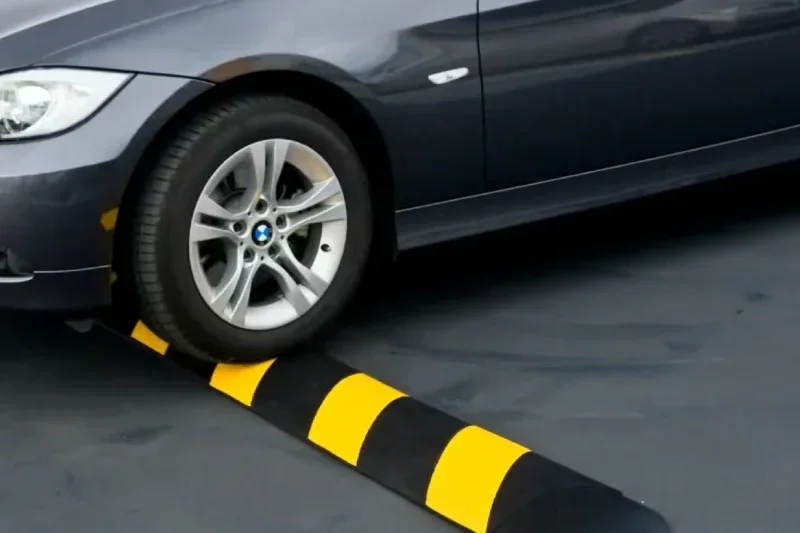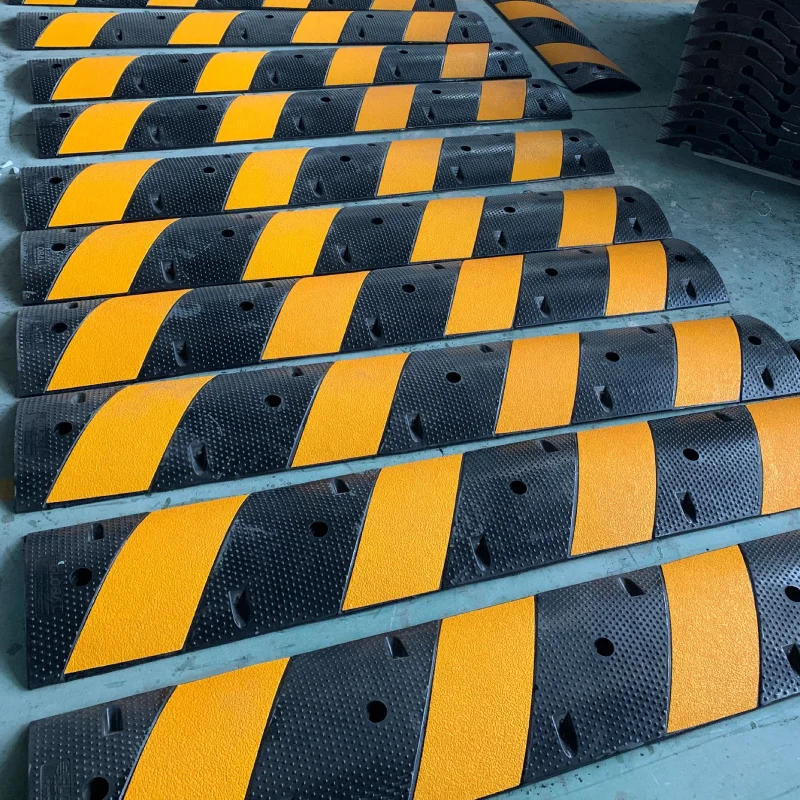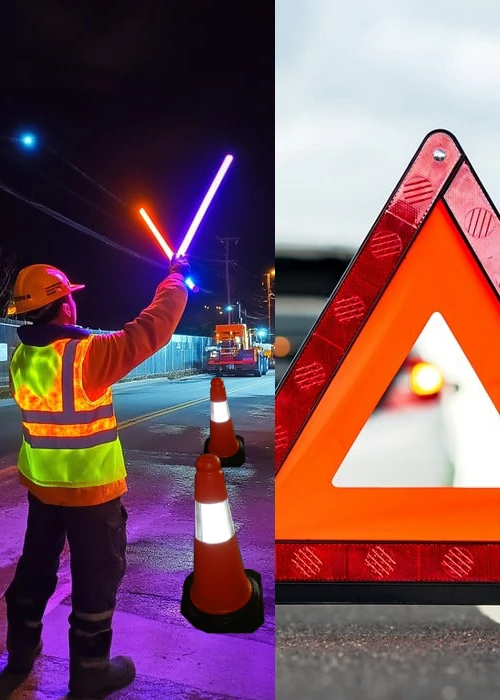3 Key Reasons Why We Need Speed Bumps?
Speed bumps, also referred to as traffic thresholds, speed breakers or traffic calming devices, are a common sight on roads worldwide, but have you ever wondered why they’re so widely used? These simple yet effective traffic control devices play a crucial role in enhancing road safety, from residential neighborhoods to school zones and parking lots. In this article, we’ll explore three key reasons why speed bumps are essential for modern road systems and how they contribute to safer communities.

Speed Reduction is Crucial for Road Safety
One of the most important benefits of speed bumps is their ability to enforce speed reduction, which directly contributes to road safety. Unlike signs or markings that rely on driver cooperation, speed bumps create a physical need to slow down. This leads to fewer accidents and less severe outcomes when collisions do occur. On narrow streets, in front of schools, or along dirt roads where pedestrians share space with vehicles, the presence of speed bumps creates a controlled driving environment.
As vehicles slow down, traffic becomes smoother and more predictable, helping to prevent congestion and encourage a more orderly flow.
Protecting Vulnerable Road Users with Speed Bumps
In addition to improving general road safety, speed bumps also play a key role in safeguarding vulnerable road users. Children, the elderly, cyclists, and individuals with disabilities are at greater risk in traffic, especially in areas with fast-moving vehicles. By lowering speed, speed bumps give drivers more time to notice and react to pedestrians crossing the road or bikes navigating nearby.
This extra reaction time reduces the risk of “vehicle vs. pedestrian” accidents and supports a safer environment for those who need it most. In shared-use spaces like parking lots or residential driveways, this added layer of safety is especially valuable.
How Speed Bumps Deter Aggressive Driving
Another major advantage of speed bumps is reducing aggressive driving behaviors and environmental noise. In areas prone to illegal racing or reckless driving, speed bumps serve as an effective deterrent. Their very presence discourages sudden acceleration and hard braking, two behaviors that not only endanger others but also produce excessive noise and wear on vehicles.
In this way, speed bumps help create a quieter, calmer community atmosphere, free from the constant disturbance of speeding engines.
The Benefits of Using Recycled Materials for Speed Bumps
In today’s world, sustainability is a top concern. Speed bumps made from recycled materials, such as rubber or plastic, are an eco-friendly choice that reduces waste and provides a durable solution for traffic control. These materials can withstand heavy traffic and harsh weather conditions, ensuring long-term durability and minimal maintenance.
By opting for recycled materials, speed bumps contribute to both road safety and environmental preservation.
Conclusion: Speed Bumps for Safer Communities
In summary, speed bumps are a simple yet powerful tool in creating safer, calmer, and more livable communities. Whether on a quiet dirt road or a bustling shopping plaza, they work effectively to prevent accidents and safeguard everyone who shares the road.
If you’re looking for high-quality speed bumps for residential neighborhoods or parking lots, BestWay provides a range of options in various types and sizes. They are made from recycled rubber or plastic, designed to withstand heavy traffic and harsh weather conditions, and are easy to install and maintain.
FAQs
1. What is the difference between a speed bump and a speed hump?
Although speed bumps and speed humps sound similar, they differ in size, shape, and the type of areas they are used in. Speed bumps are typically narrower and steeper structures, which forces drivers to slow down more drastically, often used in parking lots, residential areas, or places with high foot traffic.
Speed humps are generally longer and flatter, which allows for a smoother ride while still reducing speed. They are usually installed on residential streets or roads with moderate traffic to reduce speeds over a longer stretch.
2. Can speed bumps be installed anywhere?
No. Local regulations often determine where they can be placed, as they may be inappropriate or cause safety problems for certain road types, like highways or busy commercial roads. It’s important to ensure they are installed in locations that won’t cause unnecessary inconvenience for ambulances or fire trucks to pass over. Speed bumps are most commonly installed in residential areas, school zones, parking lots, and areas with heavy pedestrian traffic.


